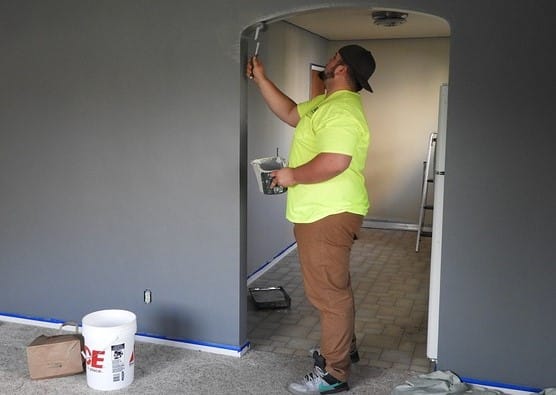James Vowles, Associate Building Surveyor at Vickery Holman, advises tenants to consider their potential dilapidation costs not just at lease end but before the lease is signed and during the lease term.
‘We are seeing a number of situations where tenants are being served terminal schedule of dilapidations for considerable monetary value, which includes many items that if negotiated prior to signing of the lease could potentially been excluded limited or even excluded from the tenant’s responsibility to maintain. We are regularly advised the property was in this condition at the commencement of the lease or is the landlord’s responsibility to maintain, though there is no evidence confirming this to be the case.’ James comments.
When considering whether to lease a building a potential tenant not only needs to be thinking about the ‘in’ costs such as the rent, service charge, insurance etc but they also need to be carefully considering the repairing obligation and reinstatement clauses in the lease and the related costs they may incur during and at the end of the lease.
Prior to agreeing the lease of a commercial property, a pre-acquisition survey should be undertaken to highlight the current condition of the property and identify latent and inherent defects which may result in significant expenditure during and at the end of the lease term. As part of the negotiation with the landlord a potential tenant should review the repairing obligations and try to reduce their repairing liability by means of schedule of condition or excluding responsibility for certain elements from the repairing obligation during the lease term.
During the lease term the tenant may consider undertaking a Planned Preventative Maintenance Schedule to budget yearly for the maintenance and decorative works that need to be undertaken to keep the property in repair and decoration. If a programme of maintenance is not undertaken during the lease term, potentially more work will be required at lease end and the costs more significant.
If the tenant is to undertake alterations and works to the property, they should obtain consent from the landlord which should be documented in a license to alter. Tenants will need to consider whether the alterations will need to be reinstated at the end of the lease term and the reinstatement clause should be carefully reviewed and understood. Reinstatement can be expensive and time consuming and tenants should budget and allow time to potentially carry out any reinstatement works before the end of the lease term.
Prior to the final year of the lease term a Dilapidations Liability Assessment should be undertaken to provide a potential end of tenancy dilapidations cost including the works to comply to with repairing, decorative and reinstatement (if the tenant has undertaken fit out works to suit their requirements) lease covenants. By undertaking a dilapidations assessment in good time, it will enable tenants to put a plan in place to minimise their potential exposure.
Tenants should note that dilapidations can roll over on assignment of a lease. The new tenant (assignee) will inherit any disrepair and responsibility for the cost of removing alterations that were undertaken during the term up to the assignment. It is the responsibility of the new tenant to negotiate with the existing tenant a sum to cover the cost of a dilapidations claim at the end of the lease term. A survey on the property prior to completion of the assignment will identify the breaches of the repairing and reinstatement covenants and the potential dilapidation costs.
Guidance for Tenants
In summary, everything is negotiable before the lease is agreed or assigned. It is not only important for tenants to undertake the appropriate due diligence prior to entering a lease to get a better understanding of their potential dilapidation liabilities at lease end, tenants should also be regularly considering their exit costs and ensure a plan and budget for dilapidation costs is in place in advance of expiry of the lease. In addition, the terms of the lease should be appropriate to the type and age of the building and the length of the lease term, and this should be reviewed by the tenant’s lawyer. It is vitally important that tenants are aware of the lease terms they have entered into, as this will affect their exit strategy at the end of the lease.
Vickery Holman has a specialist Lease Advisory team as well as highly experienced Building Surveyors to advise on dilapidations, surveys and planned maintenance.





